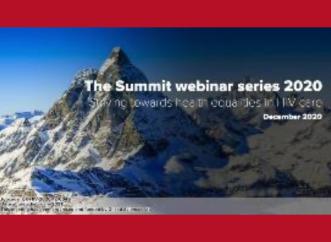Ending the AIDS epidemic requires a global commitment, to encourage timely HIV diagnosis and treatment for people living with HIV, focusing on reducing their viral loads to the point where the risks of HIV transmission are negligible.
In 2013, UNAIDS introduced the 90-90-90 target to reduce the spread of HIV and lay the foundations for ending the HIV epidemic.1 The global aim was to achieve the following:
• 90% of people living with HIV are aware of their status
• 90% of people who know of their HIV-positive status are on antiretroviral therapy (ART)
• 90% of people on ART are virally suppressed1
By 2019, the UK confirmed that they had met those targets, with 94% of people living with HIV being diagnosed, 98% of those diagnosed being on ART and 97% of those on treatment having an undetectable viral load.2 However, more work needs to be done.
While these targets have helped drive progress in the diagnosis and treatment of HIV, globally, only 81% of people living with HIV knew their status; 67% of people living with HIV received ART; and 59% of people living with HIV were virally suppressed on ART.3
Increasing the proportion of people living with HIV who know their HIV status requires moving beyond a passive approach to testing, which relies on individuals recognising their own risk and coming forward to be tested, identifying people living with HIV who remain undiagnosed, and providing support, access and referral pathways to healthcare services. Normalising HIV testing and building a culture of early and regular screening is essential for high-risk populations. To achieve this, raising awareness for the need for routine testing and breaking down barriers to testing is critical, for both healthcare professionals and the community.
Following a positive HIV diagnosis, it is essential to start treatment as early as possible, regardless of CD4+ cell count, to reduce the risk of disease progression and prevent transmission. This evidence-based recommendation was published by major international guidelines in a global effort to work towards viral suppression and end the HIV epidemic.4-7





